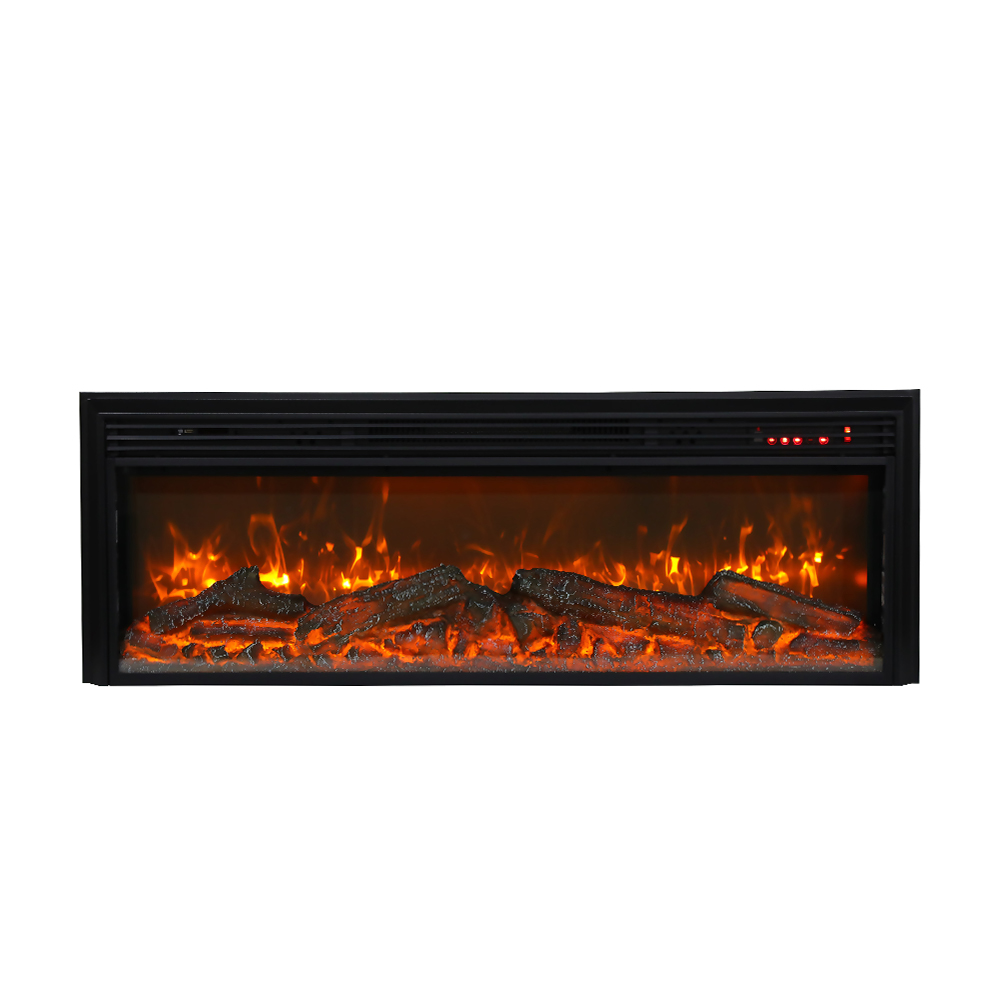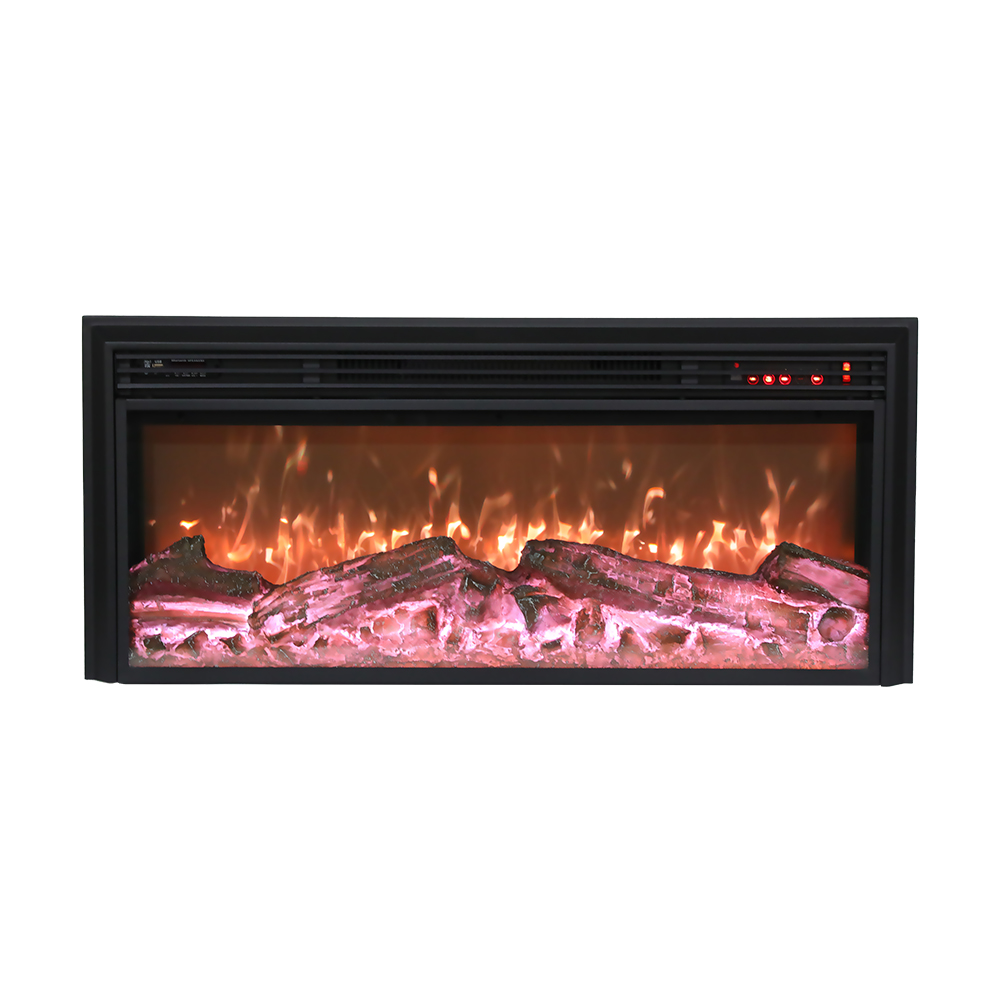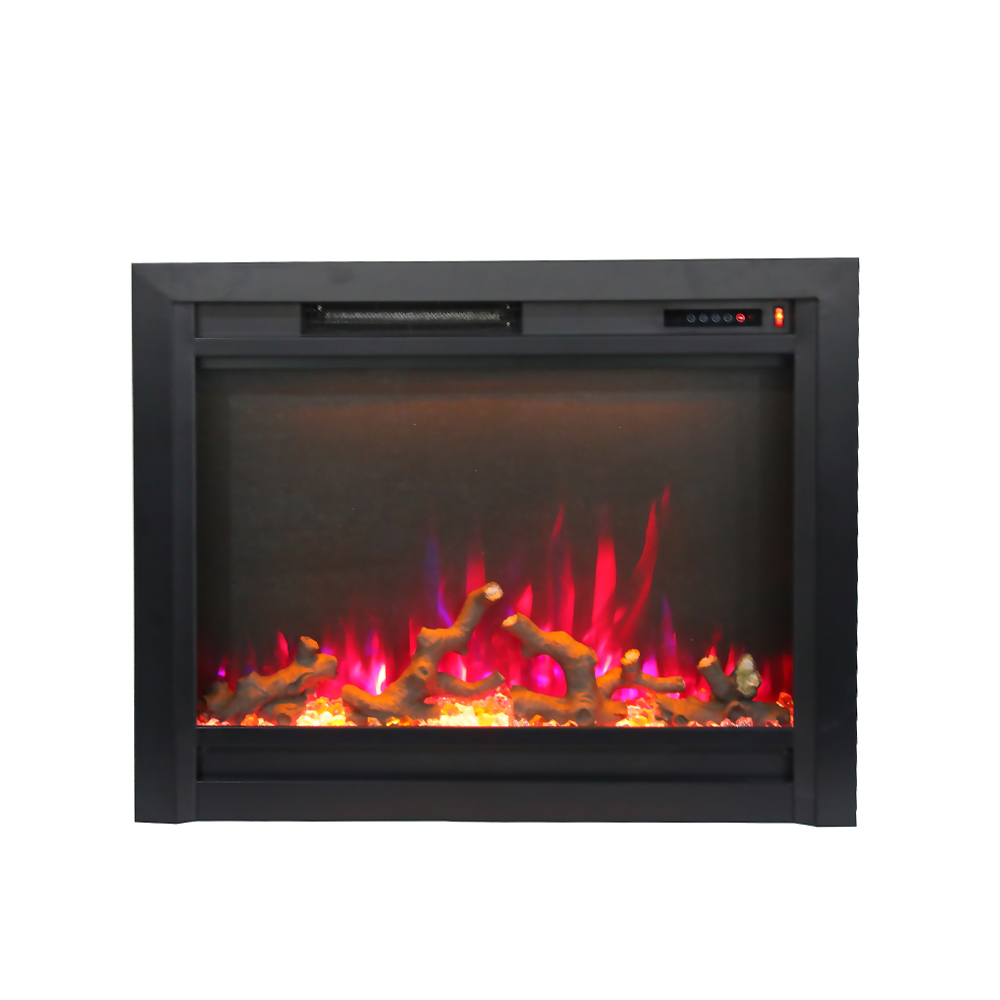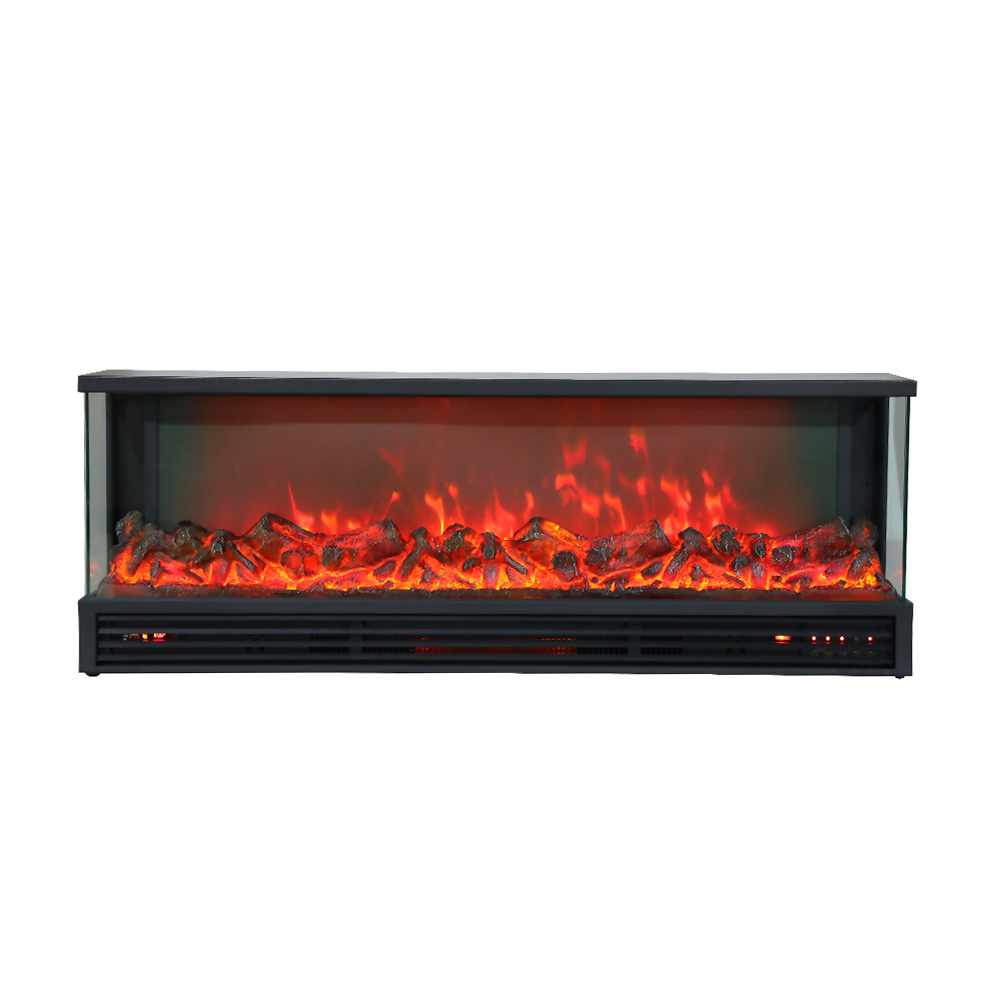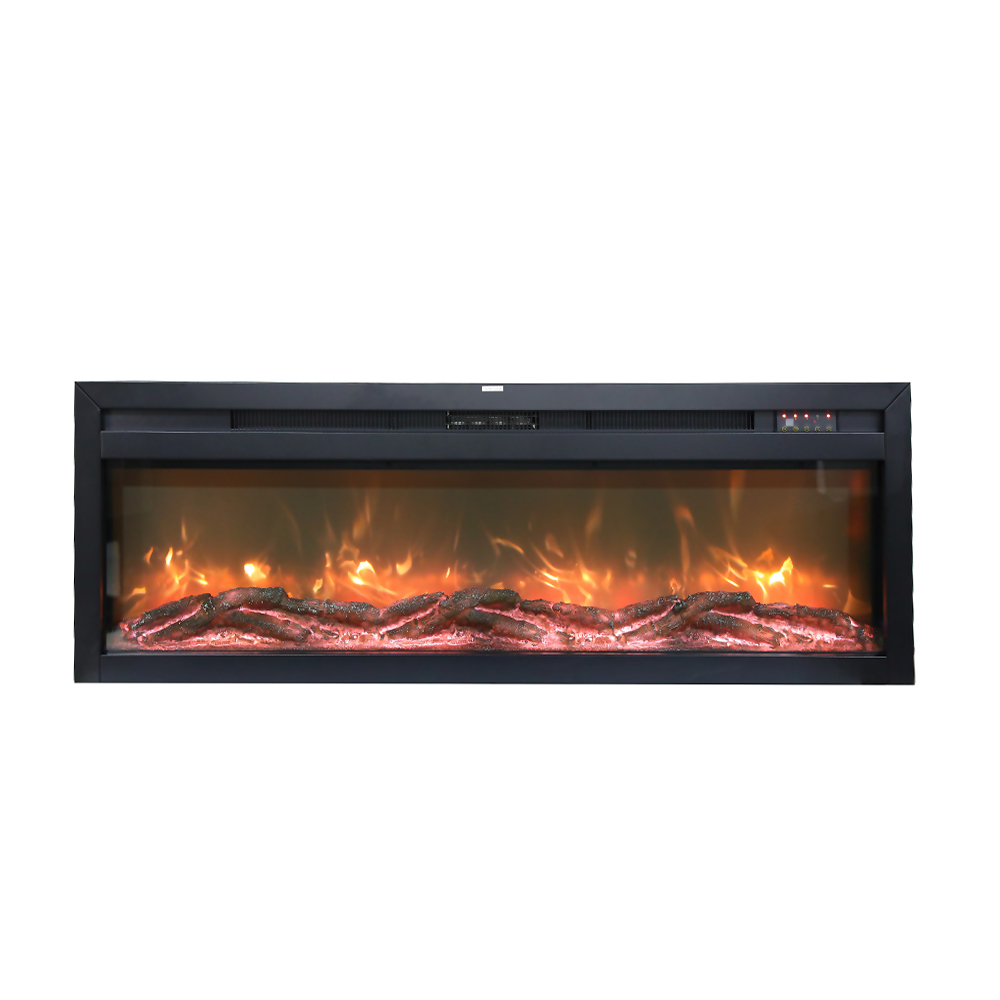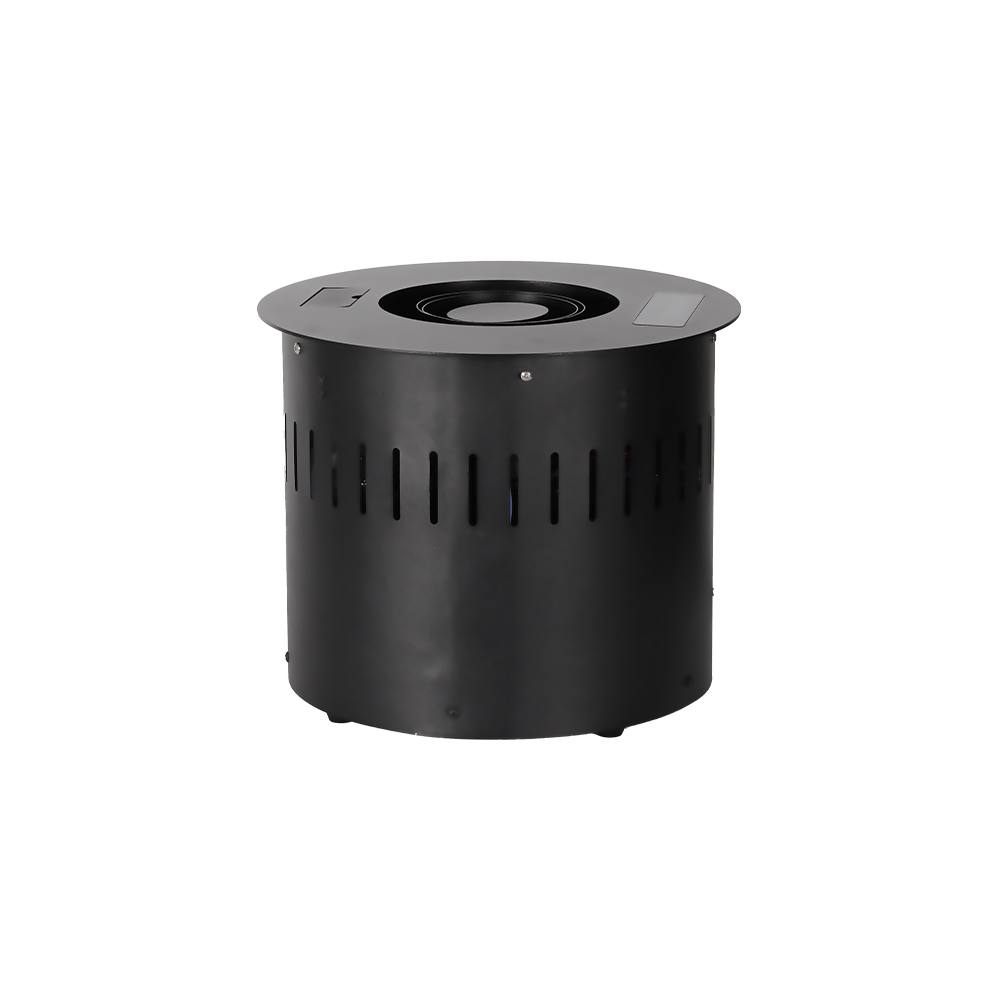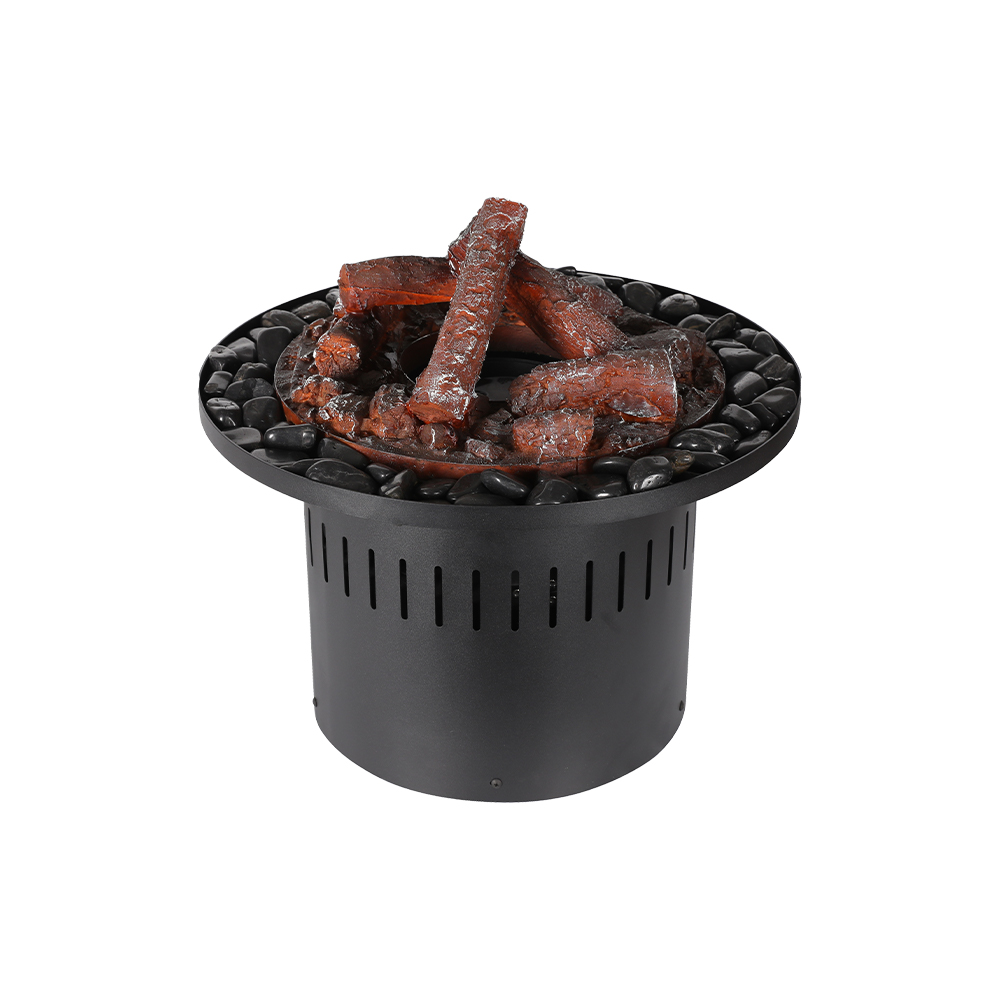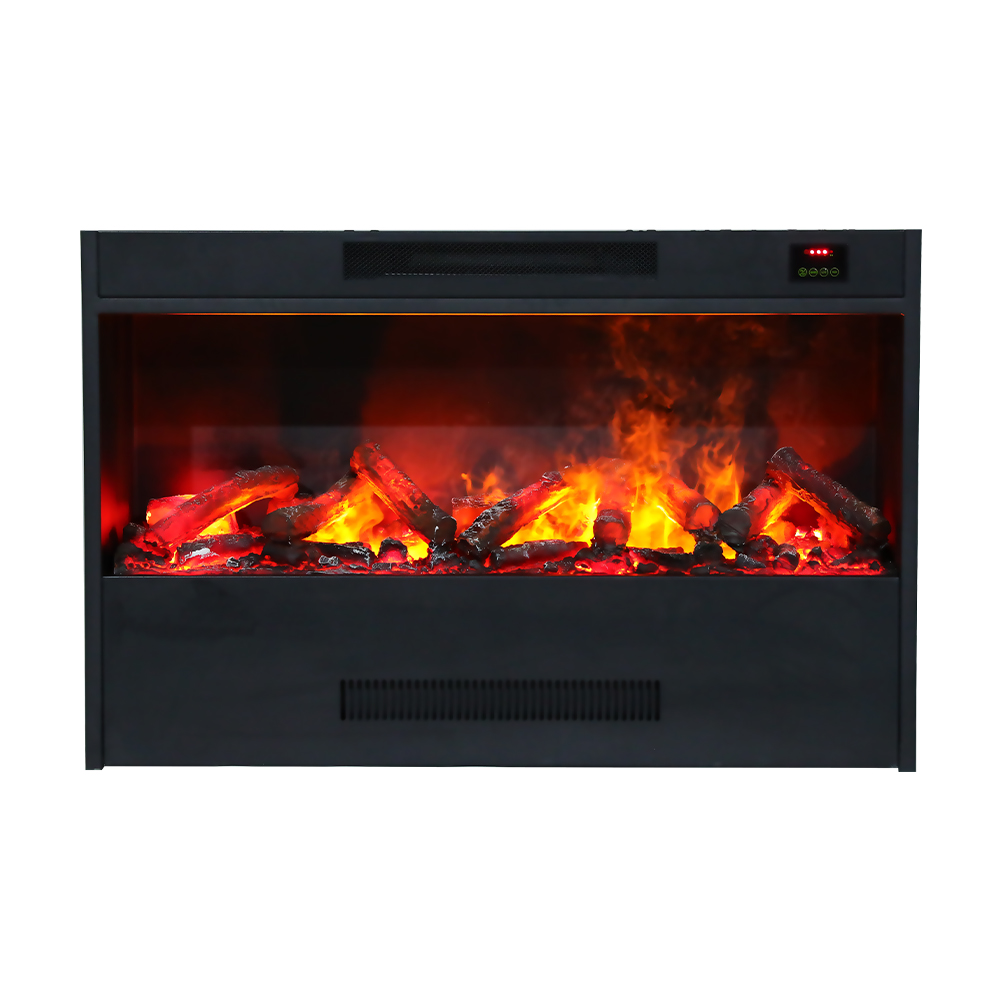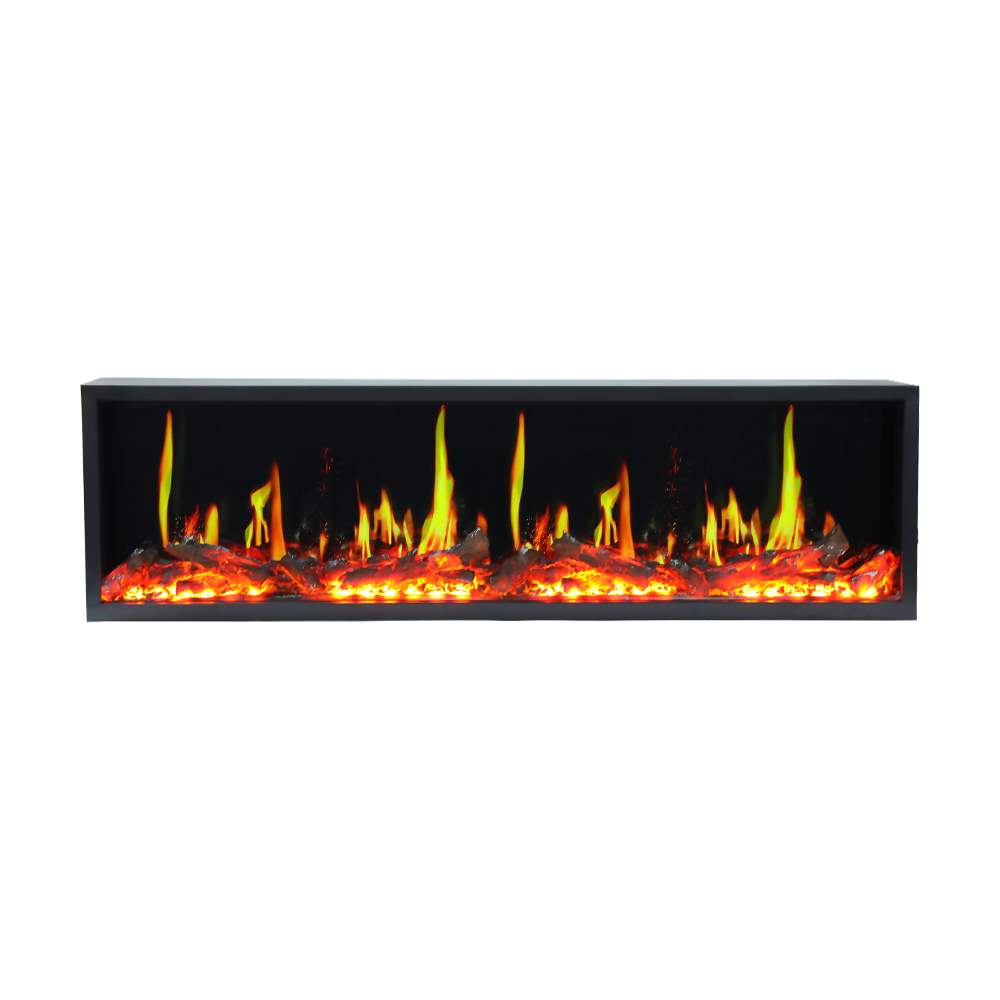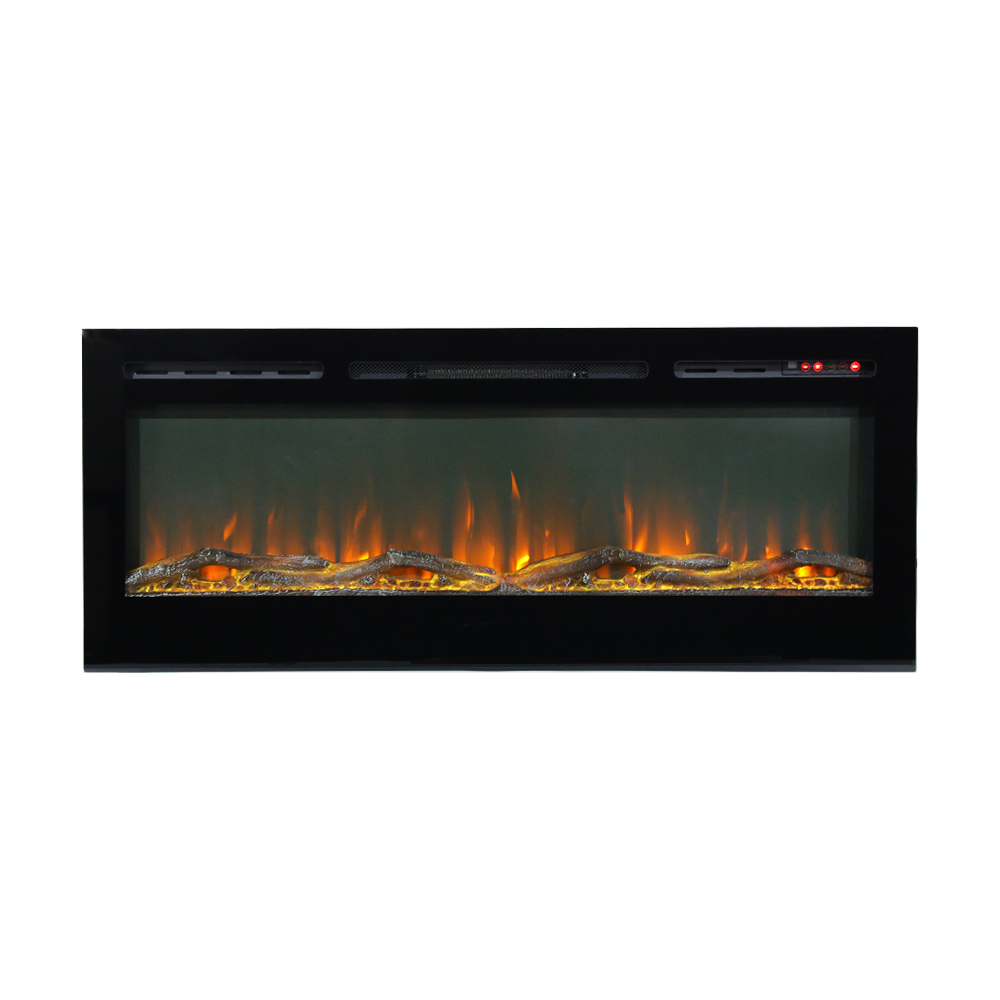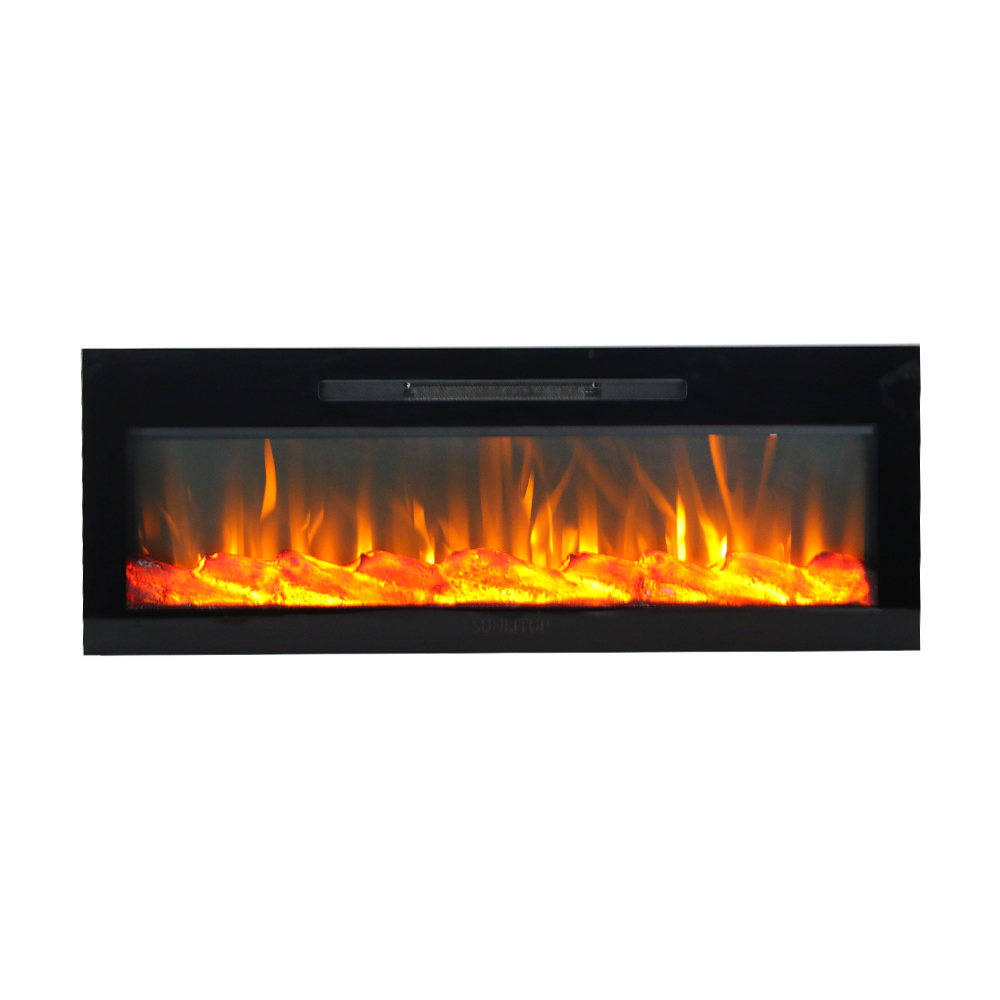Home / News / Industry News / Electric Fireplaces Heat Up: How Innovation and Sustainability Are Shaping a Growing Market
The home heating and décor industry is witnessing a significant transformation, with the electric fireplace emerging as one of the fastest-growing segments in residential and commercial spaces. As consumers continue to prioritize energy efficiency, safety, and elegant design, the demand for modern electric fireplaces is steadily climbing, reshaping the traditional fireplace market for the 21st century.
Unlike traditional wood-burning or gas fireplaces, the electric fireplace offers an array of benefits that cater to contemporary lifestyles. With no need for chimneys or venting systems, these fireplaces are highly versatile and can be installed alanywhere—from urban apartments to office lobbies. This flexibility has made them a go-to solution for both new construction projects and retrofitting older buildings.
A key driver behind the surge in electric fireplace sales is the growing focus on sustainability and clean energy solutions. Consumers are increasingly seeking alternatives to gas and wood fireplaces, which can produce harmful emissions and require extensive maintenance. In contrast, electric models produce zero emissions and operate at high energy efficiencies, contributing to lower household carbon footprints and aligning with global environmental initiatives.
Technological advancements are further elevating the appeal of the electric fireplace. Modern units offer realistic flame effects created through LED technology, adding ambiance without the risks associated with open flames. Some models even feature customizable flame colors, remote control operation, and smartphone connectivity, giving users complete control over temperature and aesthetics.
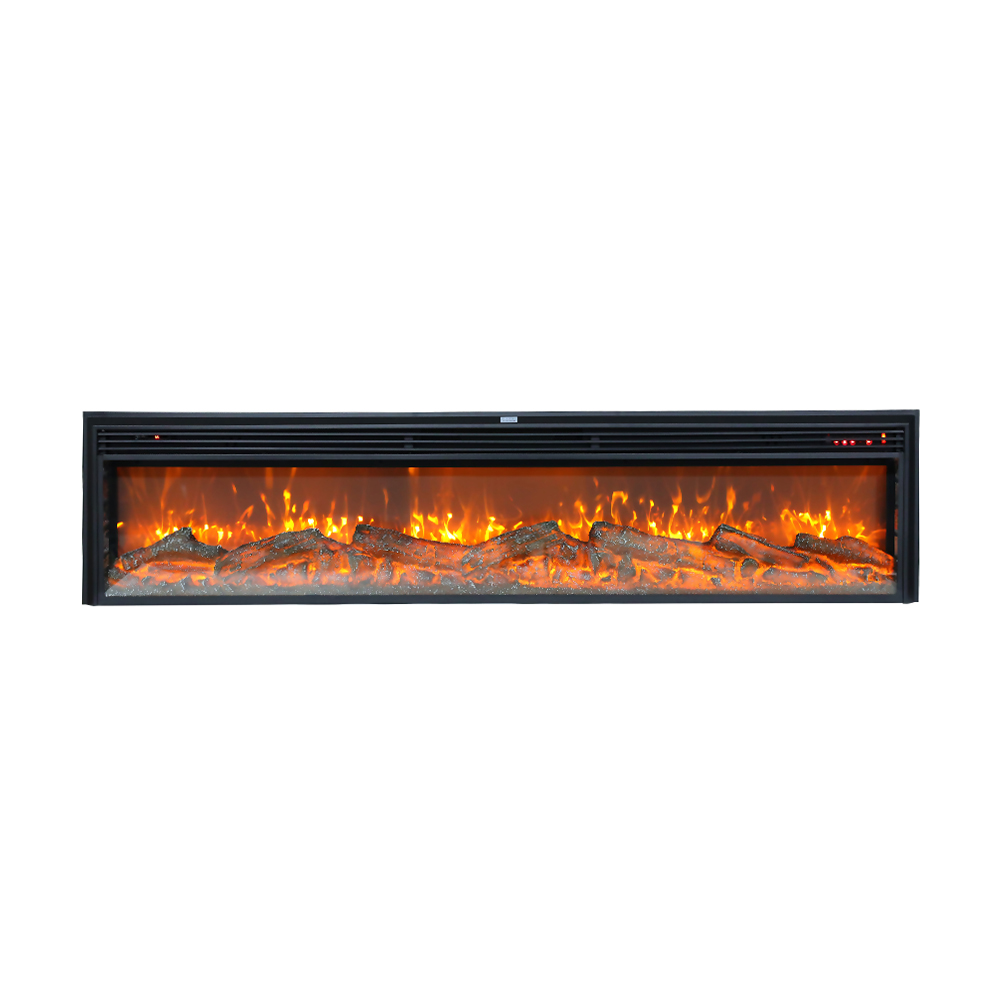
The integration of smart home systems is also impacting the electric fireplace industry. manufacturers are embedding Wi-Fi modules and voice-assistant compatibility, allowing homeowners to adjust settings through platforms like Amazon Alexa, Google Home, and Apple HomeKit. This seamless blend of technology and comfort is helping drive adoption in tech-savvy households.
Another factor contributing to the growing popularity of the electric fireplace is its cost efficiency. Traditional fireplaces require ongoing expenses such as fuel, chimney sweeps, and maintenance. By contrast, electric models have minimal upkeep and can be operated for a fraction of the cost. Additionally, many units include programmable thermostats and timers, ensuring energy use without overheating a space.
In commercial environments, the electric fireplace is becoming a signature feature in hotels, restaurants, and office lounges. These units provide a cozy ambiance and focal point without the operational challenges of gas or wood-burning systems. Architects and interior designers are embracing electric fireplaces as a key element in creating warm, inviting spaces while maintaining modern design standards.
Retail trends also highlight the surging consumer interest in wall-mounted and freestanding electric fireplace models. The convenience of plug-and-play functionality appeals to homeowners who want to enhance their interiors without complicated installations. Companies are responding by offering a wide range of styles—from sleek, minimalist designs to traditional, mantle-style units that mimic classic fireplaces.
While the market for the electric fireplace continues to expand, manufacturers are also addressing concerns regarding energy consumption. Newer units are designed to deliver better heat output without excessive power usage, thanks to advanced heaters and more efficient components. Some companies offer eco-modes that reduce wattage while maintaining ambiance, appealing to environmentally conscious consumers.
Looking ahead, industry analysts expect the global electric fireplace market to maintain strong growth over the next decade. Rising urbanization, coupled with stricter environmental regulations on traditional heating methods, is likely to further push electric models into prominence. Additionally, as more regions adopt renewable energy sources, electric fireplaces are positioned to play a larger role in sustainable home heating solutions.
In conclusion, the electric fireplace has evolved from a niche product to a mainstream home fixture, driven by shifting consumer preferences, technological advancements, and environmental awareness. Its blend of efficiency, ease of use, and modern aesthetics positions it as an indispensable component in the future of home design and heating. As the industry continues to innovate, the electric fireplace is set to warm not just homes, but also the hearts of eco-conscious consumers worldwide.

 English
English 中文简体
中文简体 Español
Español عربى
عربى
 ++86-0579-89919977
++86-0579-89919977